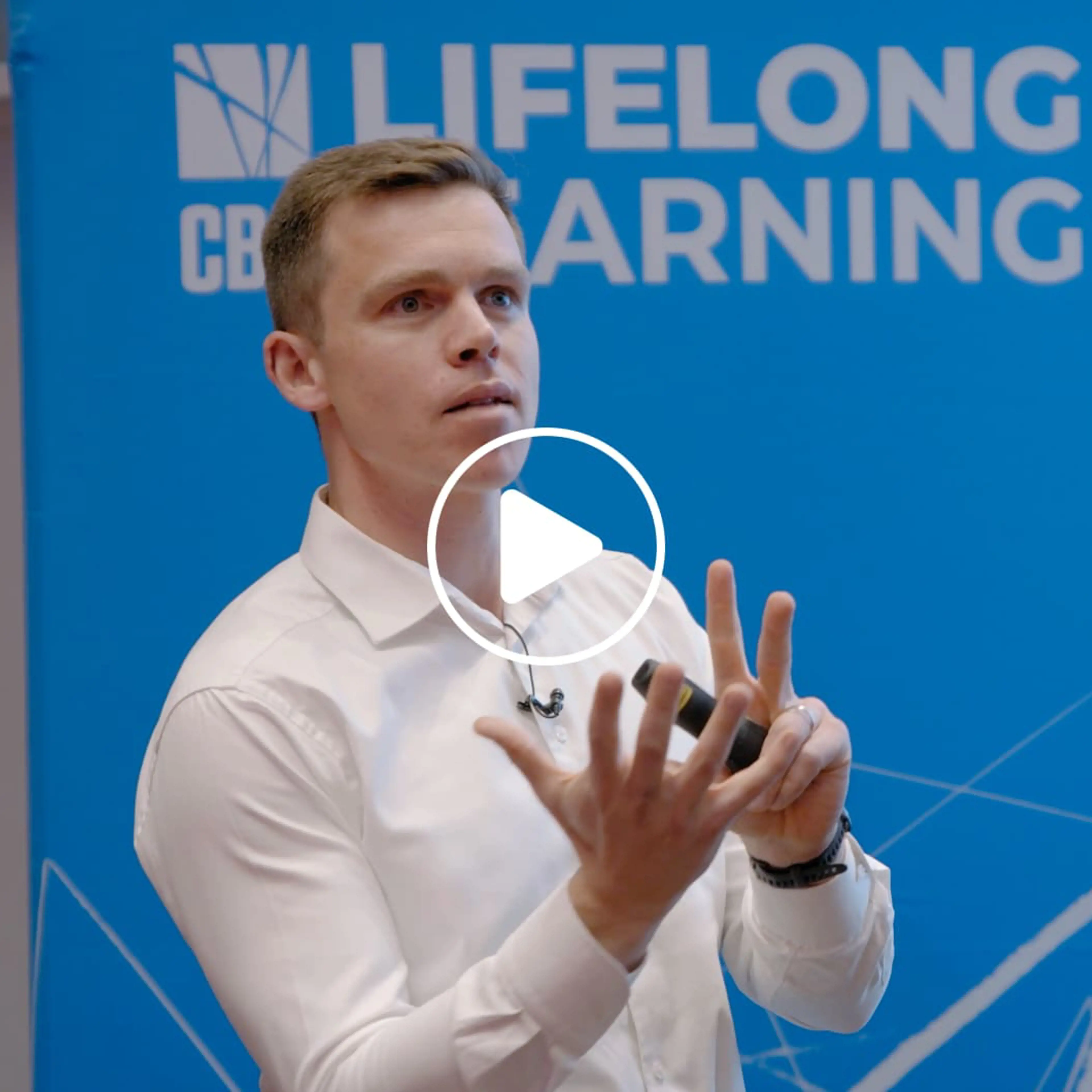We opt in - not out
According to Niels Åkerstrøm Andersen, hybrids are an indication that managers and employees don't dare to opt out. Only to choose something in. And in this way, we try to be in the complex.
Another example is partnerships. This is both a promise and a non-promise. In Niels Åkerstrøm Andersen's words, a partnership means that you promise each other to promise something later.
"You also see it with contract management. Is it governance or a contract? Legally, governance is something that is unilateral. And a contract is mutual. So contract management is a hybrid between unilateral and mutual, and in that way the rules of the game become completely fluid."
Managing self-managing employees can also be used to illustrate what hybrids do: In Niels Åkerstrøm Andersen's eyes, if you as a manager want self-managing employees, you come with an order: Do as I say - be independent. This creates a zone of indeterminacy, he says.
And then there are the intermediate forms:
"You can almost hear in the word that it expresses an aversion to choice. For example, whether the child should be placed in a mainstream school or a special program. With intermediate forms, you try to find a way in between. But who should bear the discomfort of the complexity that is maintained? Is it the child who now has to deal with one day being in school and the next day being in a special program?"
In conclusion, he says:
"You want it both ways. That's what you do with all the hybrids."
In his view, the risk is that we'll end up making the hybrids self-evident:
"That hybrids are delicious. That transformation is good. But when we take something for granted, we don't see what it does to us. Partnerships come with a bag of promises of community, dialog and reciprocity, but they also impose a paradox where we promise to promise something later. It can produce huge amounts of frustration that we don't stand by those effects."
Don't celebrate the hybrids
One thing he is very clear about:
"I'm not going to give you a recipe: Stay away from hybrids. Instead, I would point out that hybrids are made to adapt to a complexity that has become unmanageable. And we risk producing more chaos with hybrids. There's a cost to them, and we need to talk about it because it's affecting us, our working lives and the public sector."
Niels Åkerstrøm Andersen advises managers to move away from the obvious.
"As a leader, you must have the courage to embrace the indeterminacy that exists in the world and stand where there are no clear solutions. Take responsibility for the turmoil that is produced and don't pass it around the system. Also, be careful not to celebrate all hybrids. But ask: What is the cost of organizing ourselves in this way?".
This is why in his research and in a forthcoming anthology, "The Politics of Transformation", he and a number of CBS colleagues look at the concept of transformation.
"The old, classic word 'reform' means to return to form. To restore the original order. While transformation is to transform the form. To find an entirely new form. And the ideal is constant transformation. It's not transformation from A to B. The goal is to be in motion," he explains, going through an evolution of the public sector:
The rule of law from 1860 to the post-World War II period was oriented towards the past. When a decision had to be made, people looked backwards to gain experience.
"When we build up the planning administration during the 1960s and 70s, we primarily looked forward. We analyzed the future, and in this way we bring the future into the present as a premise for planning. When we reach the 1980s with the modernization of the public sector, we look to the future. But now in a new way. It's not about calculating the future, but about seeing the future as a horizon of opportunities and challenges that the manager must prioritize."
Around the year 2000, the idea of transformation began to grow, and today, according to Niels Åkerstrøm Andersen, time is split into a present that is seen as something that is constantly being created. The present is processes.
"On the one hand, we want a present that is not tainted by the mire of the past. But we also don't want a present that is tied to a certain future, because then we're stuck in it. So the present needs to be agile, flexible and fluid. The future is kept at a distance. It becomes the future of the future. And when we look into the future, we're not just looking at the horizon, we're looking at what's on the other side of the horizon."
Because there is no before and after the transformation, the transformation becomes empty in a way, says Niels Åkerstrøm Andersen.
"Transformation implies that everything we are is wrong. Because what we worked on yesterday and the day before yesterday is already wrong. We are wrong. Our organization is wrong. The only thing that's right is what isn't yet. This creates frustration. The more complex the public sector is, the more opportunities it has, but the risk of chaos also increases."
Structures and stability also carry value
Niels Åkerstrøm Andersen opens a debate on the value of structures and stability.
"We must remember that structures are also legal certainty and professionalism, and have value as such. When we make transformational reforms where we radically overhaul the rules, we don't simply create more freedom, but rather more ambiguity both for citizens, who become uncertain about what they can expect and are entitled to, and for the various professionals, who never quite know when they should contribute and when they should hold back so that another profession can contribute," he says and continues:
"At the same time, the transformative reforms create a situation where all the experience that has been built up in the many organizations and professions is suddenly not assigned any value, but is only seen as an obstacle to the new. This should be taken into account when promising a 'fresh start' in the name of transformation."



